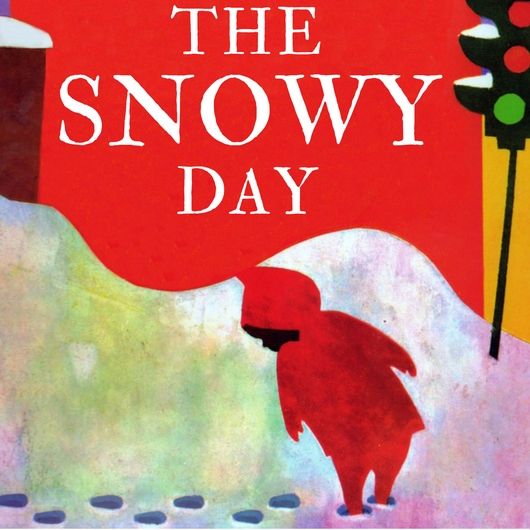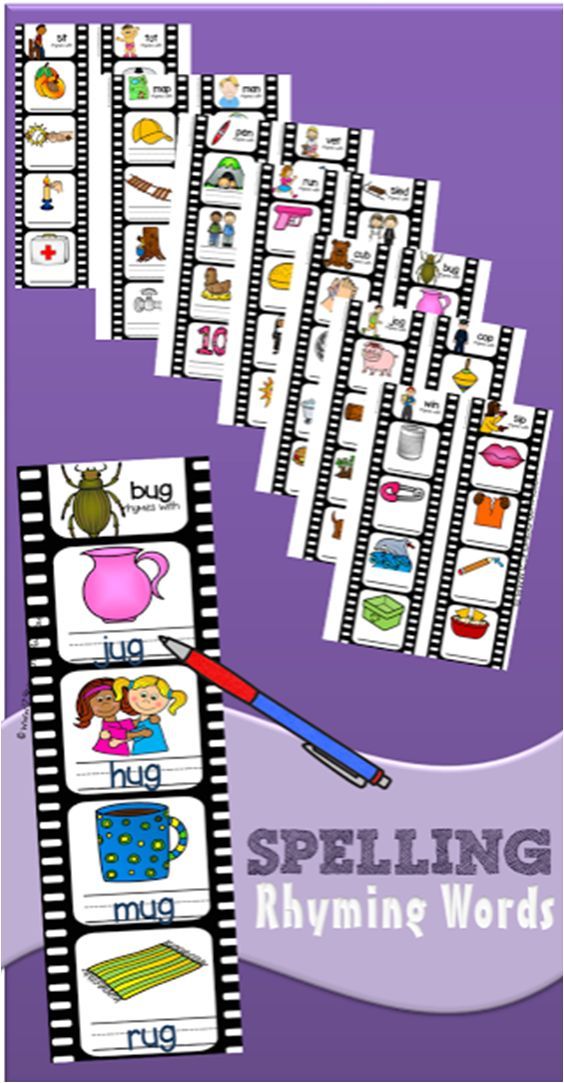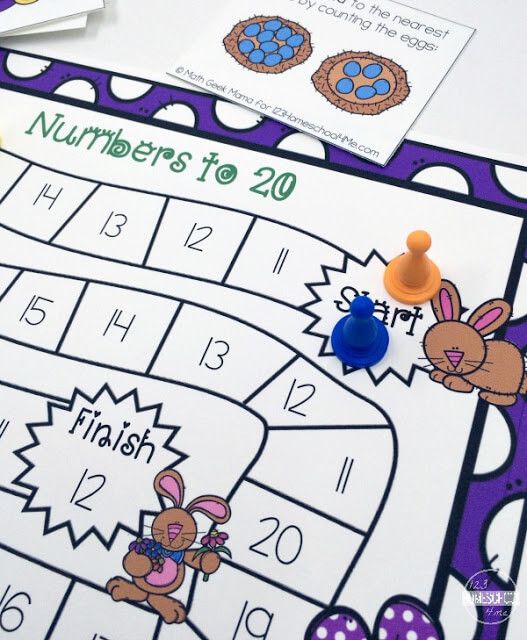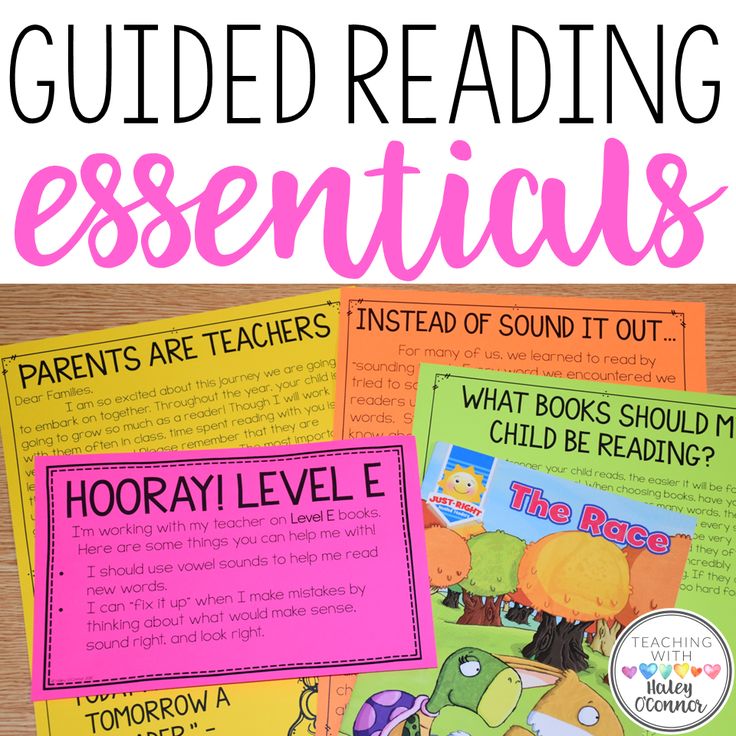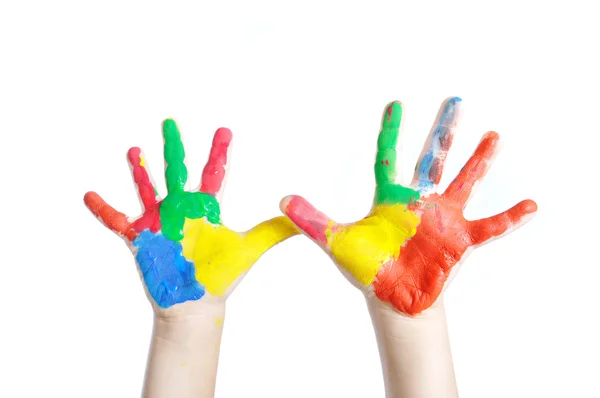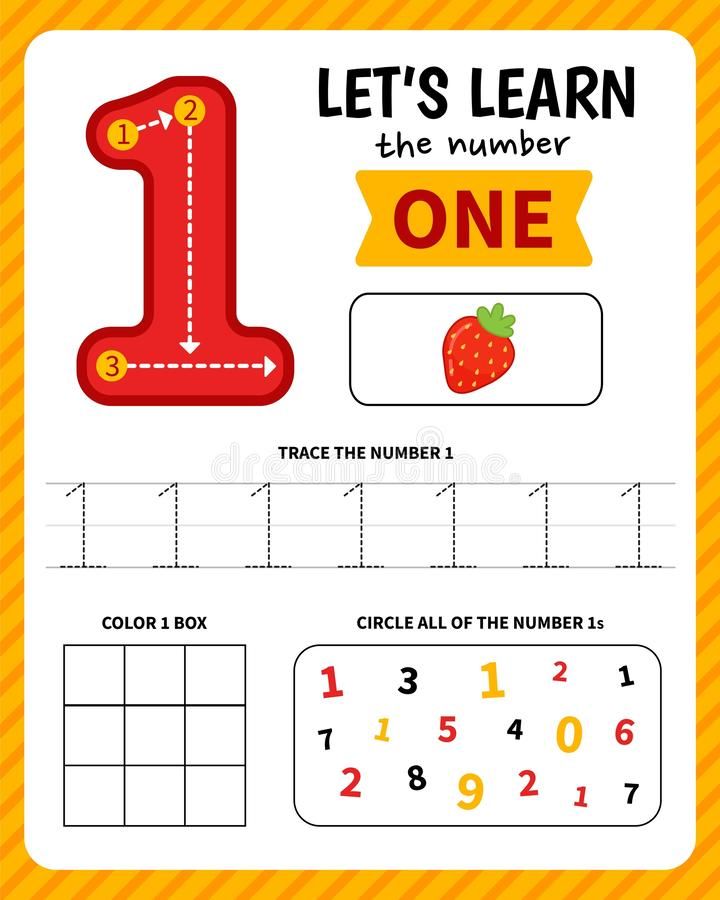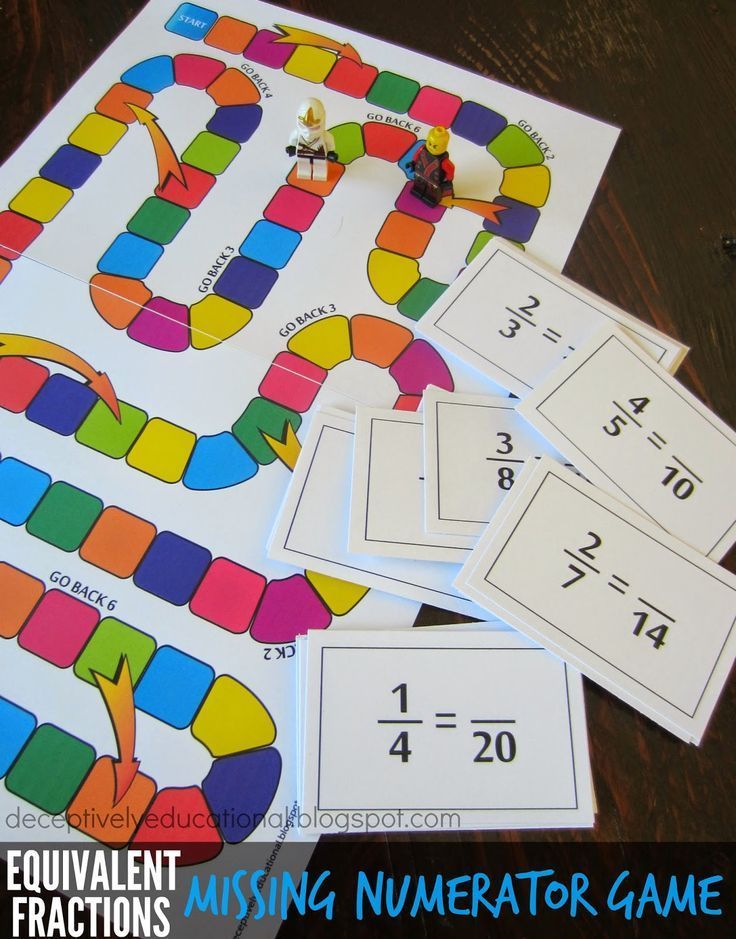Click clack moo comprehension questions
Click, Clack Moo, Cows That Type Activities and Questions
Do your students and children struggle with conflict resolution? Read on to find activities and comprehension questions to promote communication, compromise and cooperation.
Click, Clack, Moo, Cows That Type by Doreen Cronin reinforces the themes of:
– cause & effect
– communication
– perspective
– problem-solving
– creative thinking
– our rights and those of others in a democratic society
Scroll down for Click, Clack, Moo, Cows That Type activities, discussion questions and videos.
Click, Clack, Moo Cows That Type Synopsis
Farmer Brown has a big problem. His cows found an old typewriter in the barn and all day long Farmer Brown hears click, clack, moo. He doesn’t understand what is happening until he relieves a letter demanding electric blankets to keep them warm at night.
When Farmer Brown refuses their demands, the cows leave another note to say they are going on strike. “Sorry. We’re closed. No milk today.” In the next letter, the cows raise their demands and request electric blankets for hens. The farmer again refuses and the hens refuse to lay eggs.
Farmer Brown cannot run his farm without milk and eggs, so he sends a letter. He tells the cows and hens they don’t need electric blankets and they should do their job. After an emergency meeting, the cows reach out with a compromise, they will return the typewriter if they get electric blankets. Duck, a neutral party, delivers the letter.
Farmer Brown agrees to the compromise and leaves the electric blankets. He waits for the duck to return the typewriter but instead gets a letter demanding a diving board for the duck pond.
Scroll down for Click, Clack, Moo Cows That Type activities, discussion questions and videos.
Click, Clack, Moo Cows That Type by Doreen Cronin
Illustrator: Betsy Lewin
Publisher: Simon & Schuster (2003)
ISBN: 9780743461511
Doreen Cronin Official Website
Betsy Lewin Official Website
Book Series
Click, Clack, Moo Cows That Type
Giggle, Giggle, Quack
Duck for President
Dooby Dooby Moo
Thump, Quack, Moo
Click, Clack, Peep!
Click, Clack, Surprise! Happy Birthday!
Quack to School
Related Books
- The Youngest Marcher: The Story of Audrey Faye Hendricks, a Young Civil Rights Activist by Cynthia Levinson
- A is for Activist by Innosanto Nagara
- The Day the Crayons Quit by Drew Daywalt
- We March by Shane W.
 Evans
Evans - Hands Around the Library: Protecting Egypt’s Treasured Books by Karen Leggett Abouraya
- What Can a Citizen Do? by Dave Eggers
Click, Clack, Moo Cows That Type Activities & Resources
I have created a bundle of literacy graphic organizers for Click, Clack Moo, Cows That Type . You can find them at my Teachers Pay Teachers store. Click on the image to go directly to the pack. There are many activities for each literacy area to differentiate depending on your student’s ability/age. They include activities for:
- Cause & Effect
- Character Traits and Analysis
- Compare & Contrast
- Inferring and Predicting
- Main Idea and Theme
- Point of View
- Problem and Solution
*Click on these links to discover book recommendations on these topics.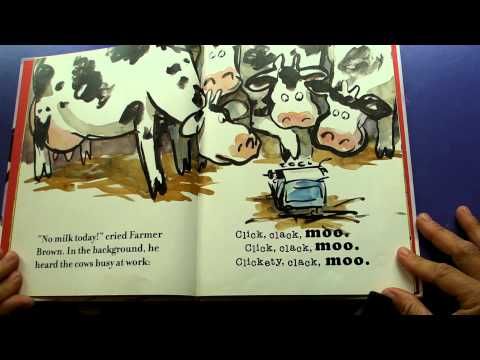
External Click, Clack, Moo Cows That Type Activities & Links
- Read Works: Lesson 4: Distinguishing Fiction and Nonfiction
- Teaching Ideas: Teaching Ideas and Resources
Click on this image to download over 120 character trait graphic organisers for Click, Clack, Moo Cows That Type.
All you need is a Teachers Pay Teachers account and then you can download the resource for FREE!
Click the image below to download 2 free pages of inference activities.
Click, Clack, Moo Cows That Type Read-Aloud Questions
Read aloud sessions are a wonderful way for children to understand the connection between written text and spoken language. You can model reading habits and strategies, reading fluency, tone and eye contact. You can also introduce different genres, authors and illustrators.
- What do you think Doreen Cronin wants us to learn from reading the book? What did you learn?
- What do you think about the cow’s demands for an electric blanket? Was it a reasonable request?
- How does seeing the notes in the illustrations help you further understand the story?
- Do you agree with the cow’s decision to go on strike? Why/why not?
- Do you agree with how the cows and duck acted to get their demands met?
- What do you think Farmer Brown learned from this situation?
- Click Clack Moo is about standing up for your rights and those of others.
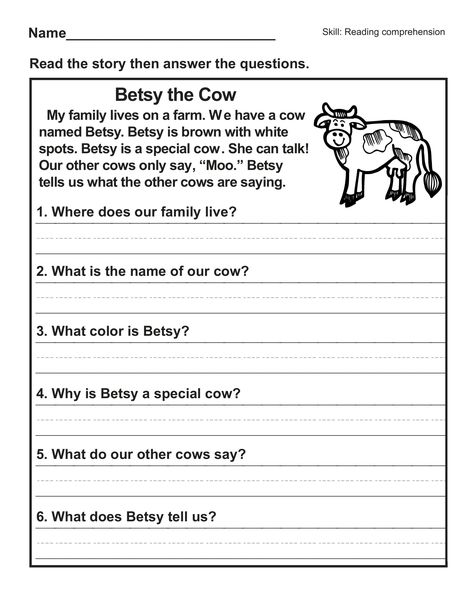 Why is it important we look out for the rights of others?
Why is it important we look out for the rights of others? - Why was it important that Farmer Brown and the animals compromised?
You can find a full set of discussion cards in the Click, Clack Moo, Cows That Type Book Companion or as a separate pack.
Click, Clack, Moo Cows That Type Book Videos
Books by Doreen Cronin & Betsy Lewin
Disclosure: This post contains affiliate links. If you purchase anything through them, I will get a small referral fee and you will be supporting me and my blog at no extra cost to you, so thank you! You can find more information here.
Did you enjoy this post? Why not share it!
The form you have selected does not exist.
Cows That Type teaches to Pursue Justice
Book Units
1 Ratings
Add to Favorite
FOR THE EDUCATOR JEWISH EVERY DAY MATERIALS AND RESOURCES SHARING A STORY PROCEDURE MUSIC CONNECTIONS EXPLORE,DISCOVER AND MORE EVIDENCE OF LEARNING HOME AND COMMUNITY CONNECTIONS LITERATURE CONNECTIONS TAGS
Book Summary:
Farmer Brown has a problem.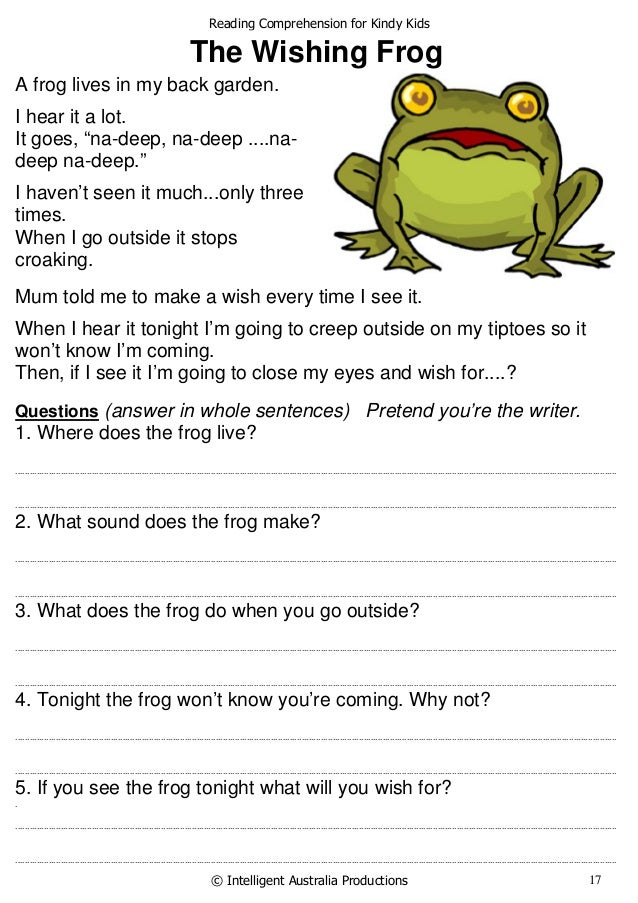 His cows like to type. All day long he hears:
His cows like to type. All day long he hears:
Click, clack, moo.
Click, clack, moo.
Click, clack, moo.
But Farmer Brown's problems REALLY begin when his cows start leaving him notes...Come join the fun as a bunch of literate cows turn Farmer Brown's farm upside-down!
Enduring Understandings:
- Justice means trying to make your world more fair, and helping others get what they need in order to live a safe and healthy life.
- When we work together as a team, we can better pursue justice.
- Each of us has a responsibility to treat others fairly and to speak up and use our words when we hear or see others being treated unfairly
Essential Questions:
- What does the word “justice” mean?
- What are ways in which we can make the world more fair, and help everyone get what they need to live a safe and healthy life?
- How can working together help one pursue justice?
Be Inspired:The ideas included are offered as starting points as you and your students explore, discover and live the lessons.
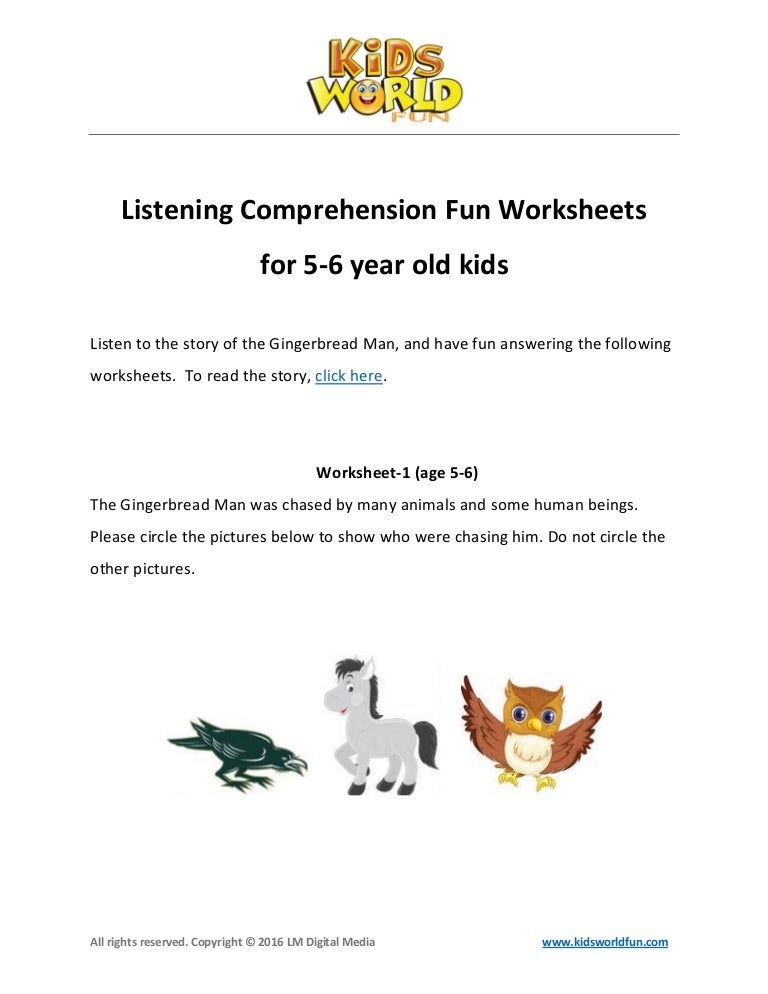 Be sure to elicit and encourage student and parent participation, consistently reinforcing the value being addressed. Allow lessons to authentically develop and change based on engagement and interests.
Be sure to elicit and encourage student and parent participation, consistently reinforcing the value being addressed. Allow lessons to authentically develop and change based on engagement and interests.Lesson Plan Components
For the educatorJewish Thought, Text, and Traditions
moreThe Torah teaches in the book of Deuteronomy “Tzedek, tzedek, tirdof,” literally meaning “Justice, justice, you shall pursue.” The notion of tzedek tirdof--pursuing justice is a core Jewish value that not only refers to courts and laws, but perhaps more importantly, deals with how we treat others. The prophet Micah teaches that the idea of “good” is encompassed by the act of seeking justice. In doing so, one can walk with G-d (Micah 3:1-12).
To pursue justice means that we should live righteously, meaning it is our responsibility to ensure that the needs of others are as important to us as our own. Furthermore, righteous living involves us acting ethically--to be upright, just, and sincere.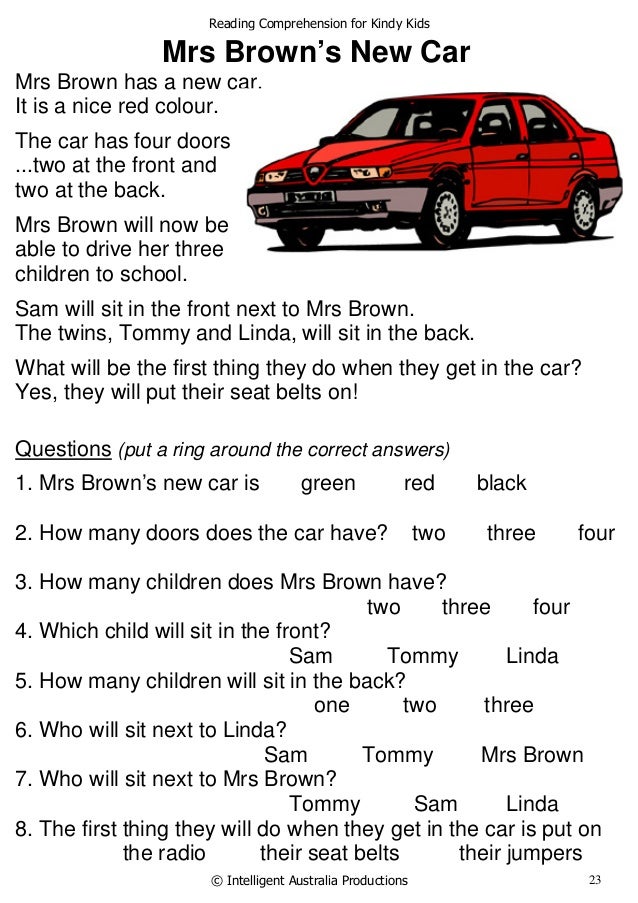 The commentator Nachmanides reminds us that tzedek tirdof challenges us to resolve conflict by compromising and teaches that being righteous is more important than the obligations of law. What is essential in being righteous and pursuing justice is our ability to act fairly and be inclusive of others. Because every human being is unique and was created b’tzelem elohim, in G-d’s image, they can make a positive difference and contribute to our world in special ways (Genesis 1:26).
The commentator Nachmanides reminds us that tzedek tirdof challenges us to resolve conflict by compromising and teaches that being righteous is more important than the obligations of law. What is essential in being righteous and pursuing justice is our ability to act fairly and be inclusive of others. Because every human being is unique and was created b’tzelem elohim, in G-d’s image, they can make a positive difference and contribute to our world in special ways (Genesis 1:26).
The value of tzedek tirdof lifts up the messages of the prophets who sought justice and fairness for all. Like the prophets of our Hebrew Bible, we too can question how the world is and what it ought to be. We can keep Divine expectations for a better world and better people at the center of our relationship with G-d. Furthermore, no one opinion is of greater importance than the other. In fact, in examining the phrase “Tzedek, tzedek, tirdof,” we learn that the phrase is in the singular. Therefore, each of us must pursue justice. When we do so together and act in righteous ways, the pursuit of justice may be fulfilled.
Therefore, each of us must pursue justice. When we do so together and act in righteous ways, the pursuit of justice may be fulfilled.
As Pirke Avot teaches, “You are not required to complete the task, but neither are you free to desist from it.…” We do not need to complete the task of tzedek tirdof alone, but should do our part in creating a just world. Our choice, then, is whether or not we should take action. When we do so, the pursuit of justice comes closer to being fulfilled.
For further understanding of tzedek tirdof in Judaism and its applicability for today, go to: http://www.on1foot.org/, an online portal to Jewish texts for social justice.
Questions for Reflection
- What is the difference between acting ethically each day and specifically pursuing justice, such as by advocating publicly for a specific issue?
- Why is it important to reflect upon our own understanding of right and wrong and good and bad?
- How can you make a difference in your classroom by pursuing justice or fairness for each child’s unique needs? How might you differentiate your curriculum, instruction, and classroom management strategies to exemplify this approach?
- How can you pursue justice--tzedek tirdof on a regular basis and incorporate this value in the classroom?
Jewish every dayIncorporate Jewish Values
moreThere are many ways to fight injustice, both locally, nationally, and globally.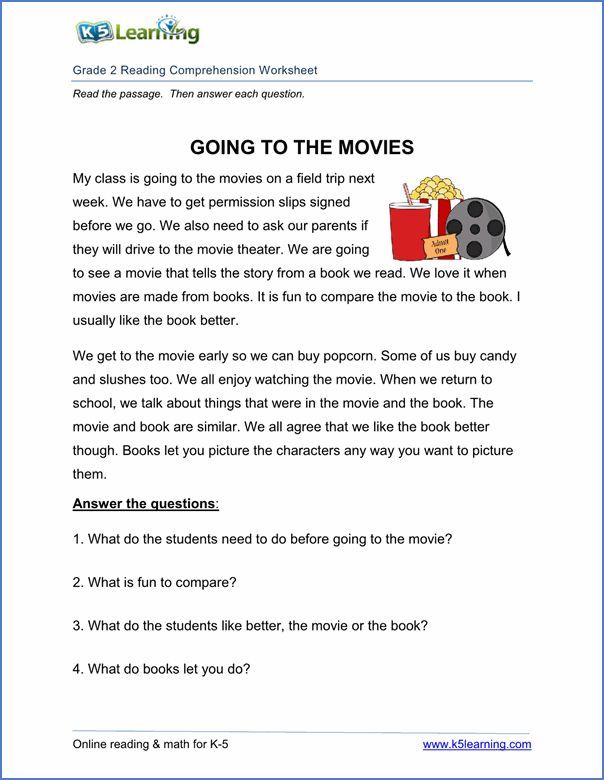 The following list includes Jewish Charities featured on Forbes Top 200 List. Send home information to families about these charities and ask them to discuss them with their children and nominate one. Hold a class vote to select one charity from those nominated . Throughout the year, hold various class or school -wide events to raise money to support its mission. This is by no means a complete list- just a place to start!
The following list includes Jewish Charities featured on Forbes Top 200 List. Send home information to families about these charities and ask them to discuss them with their children and nominate one. Hold a class vote to select one charity from those nominated . Throughout the year, hold various class or school -wide events to raise money to support its mission. This is by no means a complete list- just a place to start!
American Jewish Congress: http://www.ajc.org Established in 1906 to help protect Russian Jews from the pogroms, it now works on behalf of Jews in vulnerable communities around the world.American Jewish Joint Distribution Center: http://www.jdc.org/ This organization helps vulnerable Jewish and non- Jewish populations across the world.
Anti-Defamation League: http://www.adl.org The ADL is an activist organization fighting for civil rights as well as fighting hate and anti-semitism across the world.
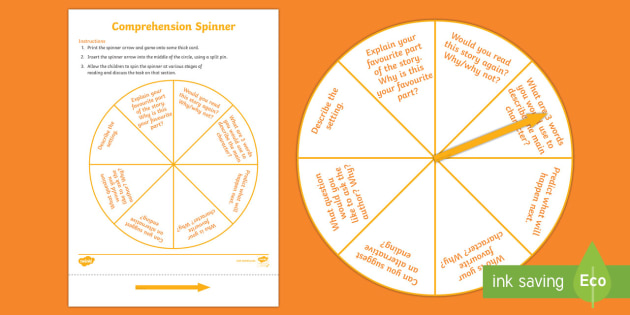
Jewish Federations of North America: http://www.jewishfederations.org/ The Jewish Federations of North America represent 157 Jewish Federations & 400 independent Jewish communities. The Federation movement, collectively among the top 10 charities on the continent, protects and enhances the wellbeing of Jews worldwide through the values of tikkun olam (repairing the world), tzedakah (charity and social justice) and Torah (Jewish learning)
Materials and resources
more
Materials
- Copy of Click Clack Moo
- Copy of As Good As Anybody: Martin Luther King and Abraham Joshua Heschel’s Amazing March Toward Freedom
Technology
- Read Aloud of Click, Clack Moo : http://www.youtube.com/watch?v=nMayGIVmfgA
- For more information on Rabbi Abraham Joshua Heschel, visit the Heschel Center at http://www.
 heschel.org
heschel.org - For more information on Dr. Martin Luther King, Jr., visit http://www.martinlutherking.org/
- For more information on Emma Goldman and her passion for social justice, visit www.jwa.org
Sharing The Story
moreIntroducing The story
Look at the cover of the book. Have students name and describe the animals on the cover. Ask:
- What else do they see on the cover other than the animals? If possible, bring in a typewriter for students to see and use.
- What message do you think the animals in the barn might be leaving if they could type? Write these predictions on a chart.
Read the book asking students to compare their predictions to what actually happens in the story. As you read, allow students to stop and comment on the animals’ requests and what they think will happen next.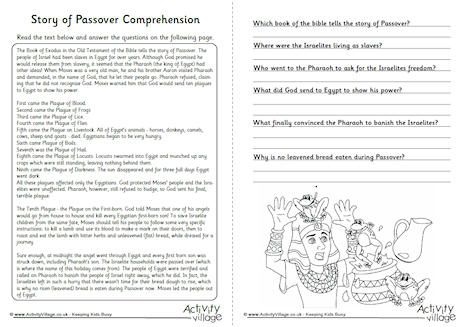
Reading The Story
Read the story aloud, stopping when appropriate to explore illustrations, address student comments, clarify, predict, and guide their understanding of the story and the value tzedek tirdof--to pursue justice.
Discussion questions might include:
- What did the animals think was unfair (or unjust) about their treatment?
- How did they get the farmer to change his treatment of them?
- What do you think of their way of obtaining what they felt was fair for them?
- What else could they have done?
After The Story
Have children retell the story Click, Clack, Moo, Cows That Type with you. Together, select one injustice you have noticed in your own community. Compose a letter (possibly typed on a typewriter if possible) that describes the injustice. Include suggestions to help improve it and send the letter to the appropriate agency/agencies.
Include suggestions to help improve it and send the letter to the appropriate agency/agencies.
Teach and discuss the Jewish people who fought injustice throughout the history of our country, the Jewish people have made contributions in terms of fighting injustice and bringing about change. Share the book As Good as Anybody: Martin Luther King and Abraham Joshua Heschel’s Amazing March Toward Freedom
Show students the cover of the book,
- Discuss the cover illustration and what the title means to them. List responses on the board and revisit these after the book has been read and discussed.
- Ask them if they recognize any of the people on the cover (e.g. Dr. Martin Luther King, Jr. and Rabbi Abraham Joshua Heschel) . What do students know about them? (Many will recognize Dr. King, but many may not recognize Rabbi Abraham Joshua Heschel on the right--a highly respected rabbi who worked to ensure justice.)
- Ask students what else they see in the illustration.
 Probing questions might include:
Probing questions might include: - Why are the men’s arms linked together?
- How would they describe the expressions on the faces of Dr. King and Rabbi Heschel?
- Explain that they were walking together in a march, one of the most important events in our country’s efforts to make sure that all people are allowed the same rights.
Read the book ( or portions of the book) to students, taking time to discuss the pictures and the text. Involve students in the following:
- Compare Dr. Martin Luther King, Jr. and Rabbi Abraham Joshua Heschel using a Venn diagram. What do they think is the most important thing the two men had in common?
- Discuss Rabbi Heschel’s quote about walking in the march when he said he felt he was “praying with his legs.” What do you think he meant?
- Have students select a favorite quote from the book to write about in their journals or to illustrate with a picture or symbol.
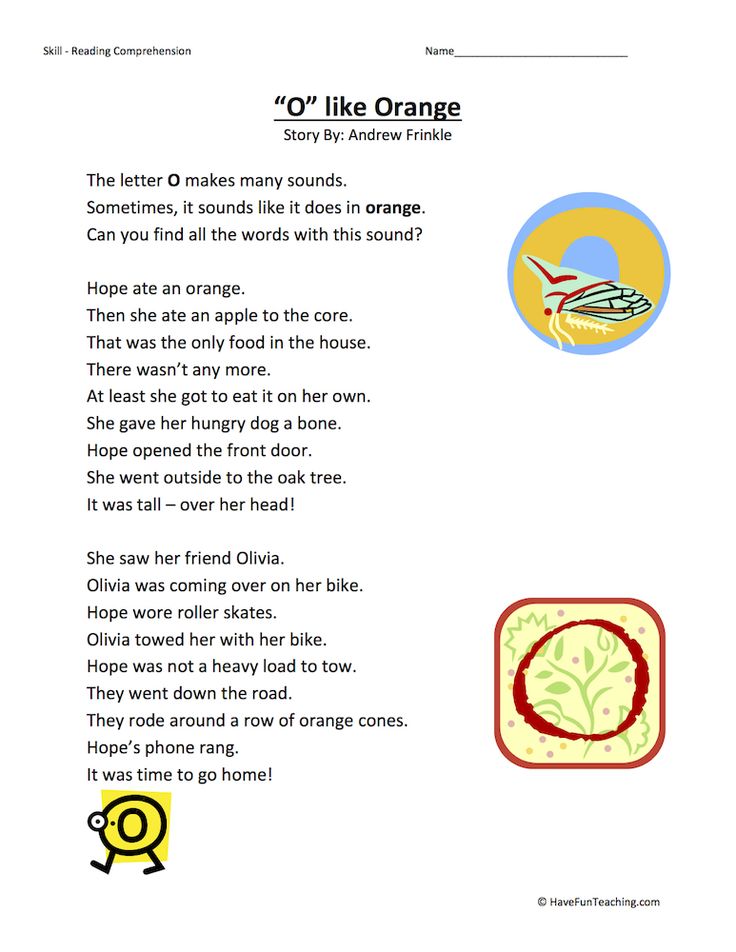
Procedure
moreExplore, Discover, and More Extension and Reinforcement Activities
moreJewish Justice Heroes Literacy, Drama, Jewish Learning
- Introduce students to Emma Goldman (To learn more about this hero http://jwa.org/womenofvalor/goldman or http://www.pbs.org/wgbh/amex/goldman/ ) Share a photo of Emma Goldman. Explain to students that Emma Goldman fought for the rights of the workers who received poor pay and worked in terrible, unsafe conditions.
- Put the following quote from Emma Goldman on the board: “Become daring enough to demand your rights.” Discuss what this means to the students. What things do they believe are important enough to “fight” for?
- Encourage students to learn about other Jewish individuals who dedicated their lives in the pursuit of justice.
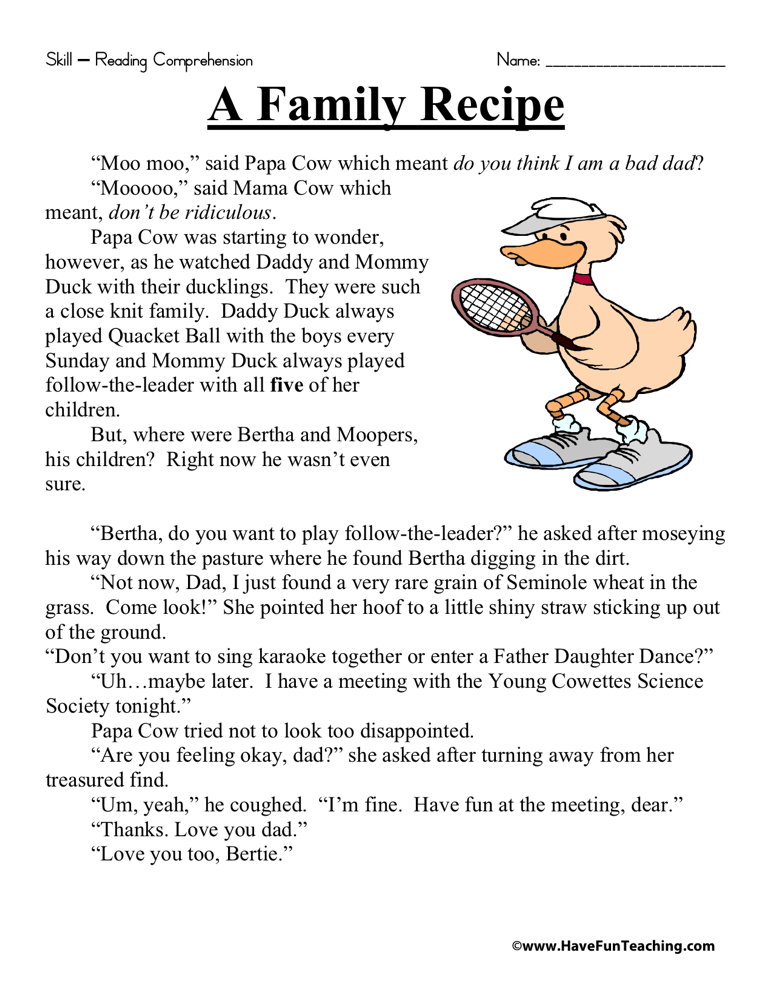 Have them take dress up as this individual and tell the class about themselves (as this Jewish Justice Hero). The following websites provide collections of archival photos of Jewish individuals, many of whom dedicated their lives to fight injustice:
Have them take dress up as this individual and tell the class about themselves (as this Jewish Justice Hero). The following websites provide collections of archival photos of Jewish individuals, many of whom dedicated their lives to fight injustice:
American Jewish Archives: http://www.americanjewisharchives.org/
American Jewish Historical Society: http://www.ajhs.org/
Jewish Women’s Archive: http://www.ajhs.org/
Spread the Word
Social Action, Language Arts
Ask students to choose an injustice that they would like to address and call attention to it in a way that they believe will be meaningful for their community. This could come in many forms; a rally, a brochure, an email, an announcement, or a commercial. Support and encourage their research and activism. Consider utilizing the song from music section, below, as part of the presentation. Talmud Torah 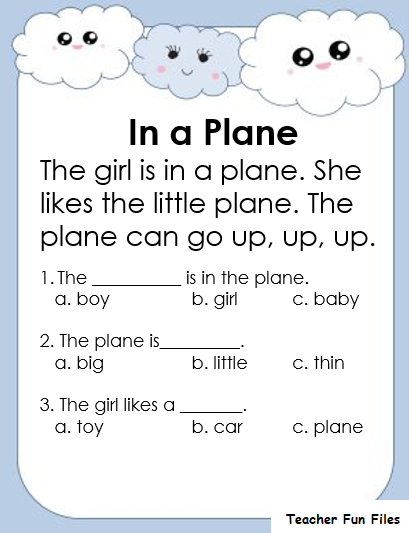
‘Kosher’ Working
Music Connections
moreJustice
by Miss Emily Aronoff Teck Inspiration Text
“Justice, justice shall you pursue” (Deuteronomy 16:20).
Activity
Ask students to create a commercial to bring attention to a perceived injustice, advocating and suggesting how this problem can be improved.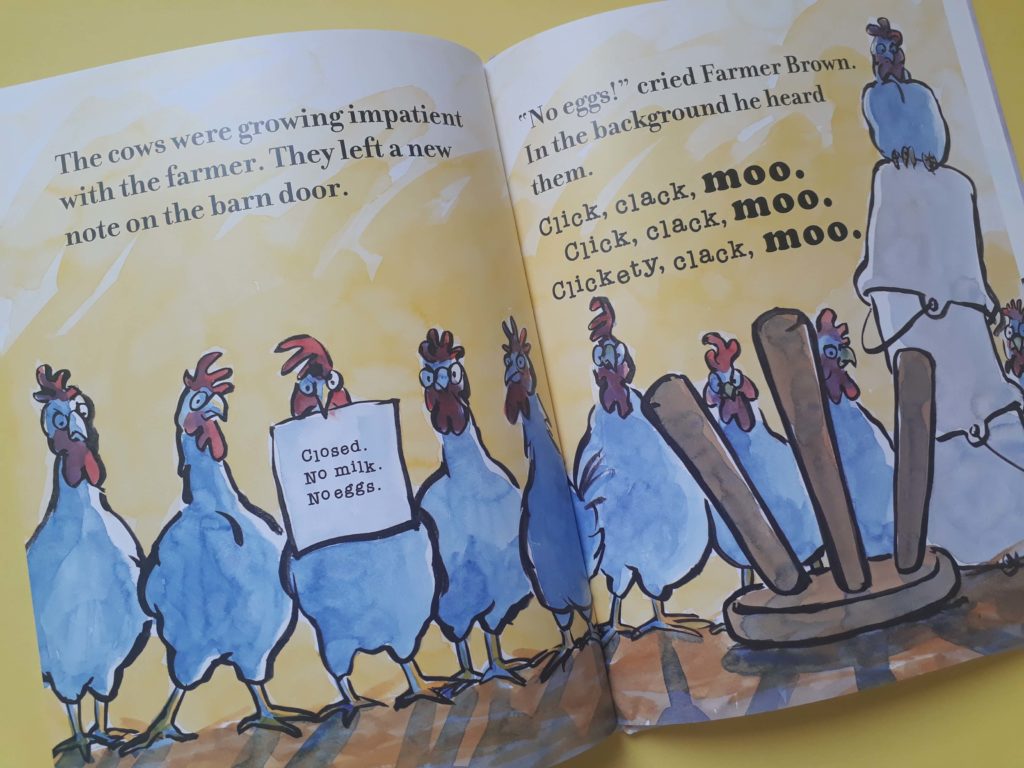 Students can use this song as a soundtrack to their commercial, either using a recording they create of their own voices or the recording from the album.
Students can use this song as a soundtrack to their commercial, either using a recording they create of their own voices or the recording from the album.
Lyrics
Sometimes I think you’re hiding
Hearing news stories that are sad
Sometimes I wonder where you are
When I see bullies, I get mad
But then I remember each one of us has a job to do
Justice, I will find you
Justice, we will pursue
CHORUS:
We’re gonna find it, We’re gonna create it
Justice for all, We’re gonna’ make it
We’re gonna do what is right to try to make our world more fair
To be righteous people and show how much we do care,
I’m sad when I hear stories, from our history
When people who were different were treated unfairly
Some things have gotten better, but there is still more work to do
Justice, I will find you
Justice, I will pursue
CHORUS:
It might teaching others how to open up their mind
It might mean speaking up and being the person who reminds
Though we’ve solved some problems, there are problems that are new
Justice, I will find you
Justice, I will pursue
CHORUS:
Additional Music Connections
Evidence of Learning
moreStudents are observed seeking justice in the classroom and in their daily lives by trying to be fair and kind.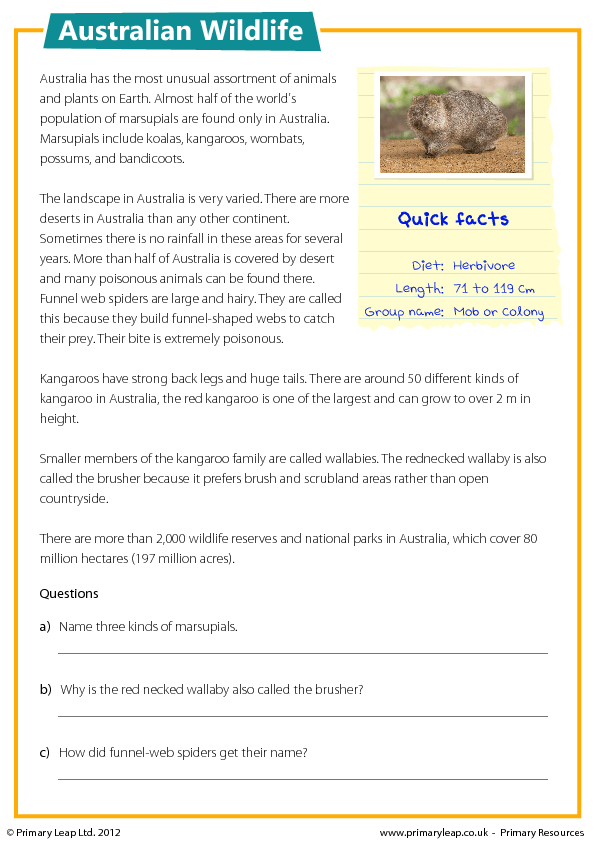
HOME AND COMMUNITY CONNECTIONS
moreShare with parents a resource on raising charitable children: http://www.youtube.com/watch?v=-T3NJBCcwTw
Ask parents to discuss with their children ways that they, and community members they know, contribute to working towards a more just world. Have them prepare an artifact, photo collage or other visual representation (with the help of their children) of one or more of these endeavors. Have students share these visuals with classmates and display in the classroom in a special area in the classroom.
Ask parents to have their child retell the story Click, Clack, Moo. Suggest that together, with their child, they select one injustice they have noticed in their own community and compose a letter (typed on a typewriter or typewriter app, if possible) that describes the injustice. They may wish to include suggestions to help improve the injustice and send the letter to the appropriate agency/agencies or news media.
literature connections
more| Title | Author | Illustrator | Book Summary |
|---|---|---|---|
| As Good as Anybody: Martin Luther King and Abraham Joshua Heschel’s Amazing March Toward Freedom | Richard Michelson | Raul Colon | GRADE LEVEL: 1-4 The true story of two young boys, from seemingly very different background, who rise above their own personal suffering to become great civil rights leaders. Together they march during the American Civil Rights Movement, standing up for equality and justice.
Martin grew up in a loving family in the American South, at a time when this country was plagued by racial discrimination. He aimed to put a stop to it. He became a minister like his daddy, and he preached and marched for his cause. |
| You Never Know: A Legend of the Lamedvavniks | Francine Prose | Mark Podwal | GRADE LEVEL: K-5 The townspeople of Plotchnik dismiss Schmuel, the shoemaker, and interpret his acts of kindness as stupidity. However, it was only Schmuel’s prayers that saved the town from both a drought and a flood after 40 days and nights of rain, because he is one of 36 righteous individuals. A story that teaches the values of goodness, humility, and justice. 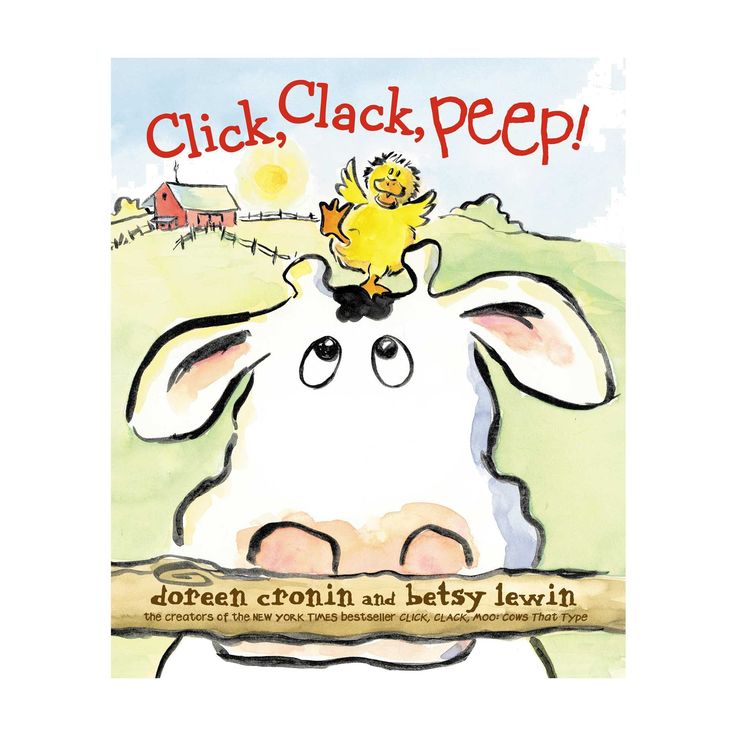 |
| Portraits of Jewish- American Heroes | Malka Drucker | Elizabeth Rosen | GRADE LEVEL: 4+ Stories of more than 20 Jewish-American heroes who have made a difference in our world are included. While this book is for older elementary aged students, it can be a is a wonderful classroom resource for younger ones. “Portraits” include those of Bella Abzug, Emma Lazarus, Levi Strauss, Ruth Bader Ginsburg, Albert Einstein, and Golda Meir. |
* PJ library Books
List of questions for understanding the task
I have collected questions that I use to understand the task and do something useful for business, and not just a beautiful piece of paper. This is a basic list, so I am reworking it for a specific task.
See the list of questions in googledoc. Suddenly, it will also come in handy for you, or you know what to add.
If you don't keep such a list, I wrote a couple of words about what it is and why.
How to understand the problem
How to figure out a problem is a big topic. Maybe I'll write some separately, but so far the most important thing that helps me.
I know four steps to understanding a problem:
Talk to the person who came with the task and the customer. It is not always the same person.
Study materiel. For example, laws and statistics, expert reviews, publics, specialized media. Talk to an expert yourself.
Study the experience of the target audience. Methods depend on the task and capabilities. I try to be closer to the audience for which I am making a product. For example, listen to calls, conduct a survey or take an interview.
For example, listen to calls, conduct a survey or take an interview.
Get real experience. Here, too, everything depends on the task and the situation. If possible, I try to repeat the path of the audience. If you need to leave a request, I leave. If I need to register, I do it.
From which stage to start, which not to do - it all depends on the task and context. But even if the deadlines are burning, I still do some of it. In general, I try to go through everything to the maximum, so the work turns out to be the strongest.
Who is the customer
Customer is a common name. It can be an employee of the company, for example, a marketer, sales manager, technologist. Or maybe the owner of the business or its manager.
The main difference between the customer and everyone else:
- he knows the maximum of key information about the task;
- he has the right to make the final decision;
- it depends on what and how we say, in what key, what facts we use, in what order we do something;
- he makes important decisions on the task, for example, he can reschedule, increase the budget;
- if team members argue, then he has the last word.
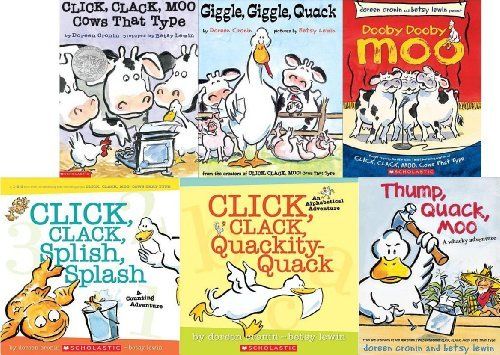
In order to do a task well and not redo it a hundred times, it is important to immediately find a customer. And it happens that a technologist comes with an order, and the marketer accepts the result of the work in reality. And in the end: the task was done, only the requirements were completely different.
In general, I am always looking for customers.
Why questions are needed
In most cases, the customer comes with a solution already: they need instructions, news, articles, blogs or airplanes. It happens that the task is described directly in detail, and for whom, and why. Everything seems to be in place. But this is deceptive.
Here are examples of the consequences if you immediately rush to do something and do not figure it out properly:
All of a sudden you have to redo everything. A lot of time, effort, energy and money have already been spent. And the rework is not because something really suddenly changed - it happens, it's a business. And because everyone didn’t know until the end. For example, a training manual for employees is needed in printed form, so links to add. materials won't work. Or you need a script for a video for two voices, otherwise it's boring. Or they chose the wrong product benefits. In general, there are a lot of options0003
And because everyone didn’t know until the end. For example, a training manual for employees is needed in printed form, so links to add. materials won't work. Or you need a script for a video for two voices, otherwise it's boring. Or they chose the wrong product benefits. In general, there are a lot of options0003
Endless coordination and long start. If no one really needs the product, the customer gives up on the task. You can write a hundred times, call up, still everything is done little by little and barely. Moreover, even prepayment does not help. As a result, there is fuss, but there is no work done.
Work will be unnecessary. If an information product does not affect the business task for which it was all started, it will lie somewhere and become overgrown with dust. This just kills me. I love making things that are really used.
It seems to me that the only way to understand a problem is to ask questions.
What is the list of questions
I have put together a list of basic questions that helps me.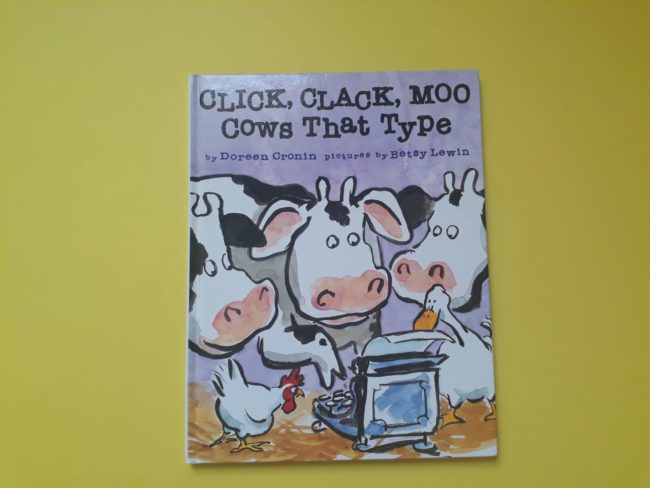 I use it to discuss a task with a customer, no matter what: a case, a training manual for an employee, a script, an article, and anything else.
I use it to discuss a task with a customer, no matter what: a case, a training manual for an employee, a script, an article, and anything else.
How to use the
listView sample questions and build your own list based on your task, product knowledge, and company. I do also. I would show an example from a real project, but even the list contains a lot of secrets, so it won't work.
I make a list ahead of time, even if I know the product and the customer. During the conversation, new facts appear and some question may fly out of your head. And it can be difficult to get together with the customer again - everyone has their own business.
You can make your list any way you like - it's up to you. I write in notes on my phone or laptop, but it's just a habit. But my colleague sketched questions by hand - also an optionHow to ask questions
How to ask a ton of questions and not piss me off is also a separate issue. But in general, everything is like in any other occupation. Here is what helps me:
Here is what helps me:
- I tell you how a conversation and answers to questions will help the customer. Not "I want to insure against rework", but "you won't have to fix a million mistakes and waste a lot of time".
- If there are many questions, I do not know the customer well, then I send a list of questions in advance. This helps the client estimate the time for a conversation and decide whether he knows everything for sure or whether it is better to call someone else.
- I ask questions only orally, no correspondence. Almost everyone is lazy to write details, so you can miss critical details.
- I record conversations because I have 3 calls a day, and in the evening I don't remember anything. I don’t give it to anyone to decipher, I listen to it myself.
If the customer does not want to answer
I don't work if the customer is not ready to answer questions. I know that this is not always correct, because it happens, you just need to give your hypotheses based on the information that I already have. But in working without an interview with the customer, I see more problems than advantages
But in working without an interview with the customer, I see more problems than advantages
And what about after the conversation with the customer
After the conversation, I put together a document where I retell the key thoughts that affect the task and propose a solution. I try to describe the solution as specifically as possible: with examples, references, structure, theses. This helps the customer understand whether I am moving in the right direction or everything is wrong. Such a document can be called an understanding of the task, an application, a brief - there are many options. But here the essence is more important than the name.
But here the essence is more important than the name.
How I put together such a thing, I will tell you sometime later.
Help mailings
How to conduct a custdev - interviews with clients, free mailing
How to make a project - Nikolay Toverovsky mailing list. There are letters about questions and understanding of the task. Tells about how to understand the task, how to formalize understanding and why all this is needed. And there are a lot of great tips on audience analysis.
Course for novice editors — Irina Ilyakhova, editor-in-chief of Tinkoff Business. Tells how to do business, deal with and negotiate with clients.
See the list of questions to understand the task, it is in Google doc. Suddenly, it will also come in handy for you, or you know what to add.
Understanding questions.: langobard — LiveJournal
?- Society
- Politics
- Cancel
I can roughly imagine how and why the achievement of greater efficiency of the state apparatus can be associated with a change of power.
 I can imagine this especially well if those demanding a change of power are not a street party of hipsters and sixties, but a political party, some of whose members are quite ready to take bureaucratic positions and show everyone what an “effective state” is. Well, or there, what is non-corrupt power, as it is customary to sing in the mantras of our time.
I can imagine this especially well if those demanding a change of power are not a street party of hipsters and sixties, but a political party, some of whose members are quite ready to take bureaucratic positions and show everyone what an “effective state” is. Well, or there, what is non-corrupt power, as it is customary to sing in the mantras of our time. But it is not entirely clear to me how the increase in the effectiveness of the anti-terrorist activities of the special services can be associated with the change of power?
I omit the fact that any change of power can provoke the growth of this very terrorist activity, because it has long been known that people of this “knightly” warehouse feel very well any “weakness” and know how to use it. I propose not to talk about this, so as not to reduce the conversation to a dispute between fundamental Putinism and hysterical anti-Putinism.
How is the problem of terrorism solved through a change of power?
Somewhere in the reserve there are a thousand or two highly professional FSB officers unfairly dismissed by the regime, who can be quickly placed "in their places" and they will eradicate the terrorist threat in a matter of weeks? If so, does someone compile and keep lists of these people with their phone numbers to call and invite them to work?
What else? My thought ends here.
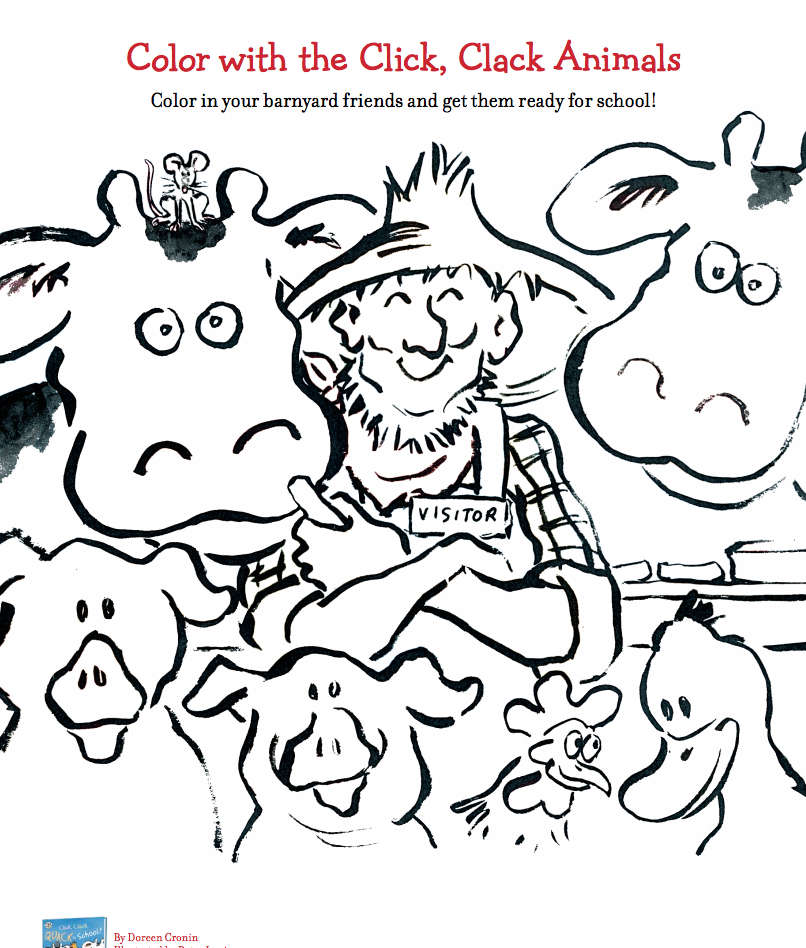 There is a lot of talk about public control over the special services. I will be happy to learn the details and get acquainted with the explanations of how such public control helps in the fight against terror.
There is a lot of talk about public control over the special services. I will be happy to learn the details and get acquainted with the explanations of how such public control helps in the fight against terror. There is also a political position - secession of the North Caucasus. It seems to me more responsible, because this proposal is at least some kind of intelligible solution. True, in my opinion, without any understanding of the consequences.
The consequences, by the way, are easily calculated. Anyone who knows the main plots of the decolonization of countries, let's say, not imbued with European culture, will easily list them. First, in all the North Caucasian republics liberated from the colonialists, there will be civil wars - those who wanted not to be with Russia, with those who wanted to be with Russia. With refugees and other delights. Then there will be the birth of a couple of Islamist states right on the borders of Russia. Since the winners in the civil wars in these states will most likely not be able to do anything except the war for religious bonds - after this victory there will be a whole range of possible expansions into the territory of Russia.
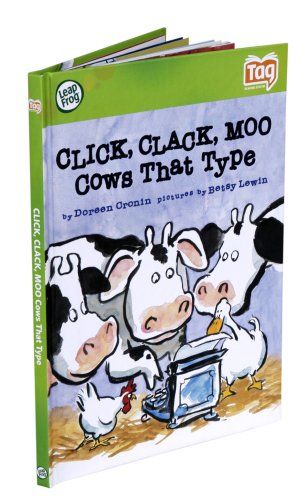
Everything is more or less clear here, it's just that the supporters of secession must swear that they are personally ready to send their own children to this defensive front. And this front will be “with changes” for many years. Nobody will use nuclear weapons against these hostile states, being afraid of many factors - from internal psychological barriers to condemnation of the world community.
So, if the separatists of the Caucasus honestly declare that they are ready to throw their own children into the furnace of this defensive front, then there are no questions. Then everything is fair.
And if you are not ready, then there are questions. How and what are they going to do with the Caucasian knot after the "change of power"?
Tags: The political situation in Russia
Subscribe
-
From a notebook.
Maybe someone will come in handy for communicating in networks, the replica is quite universal.
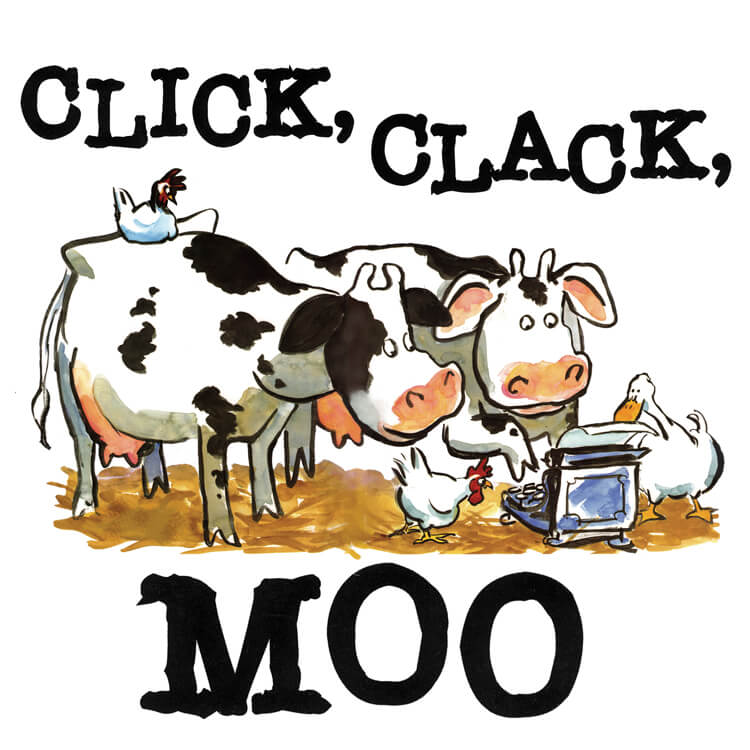
Learn more

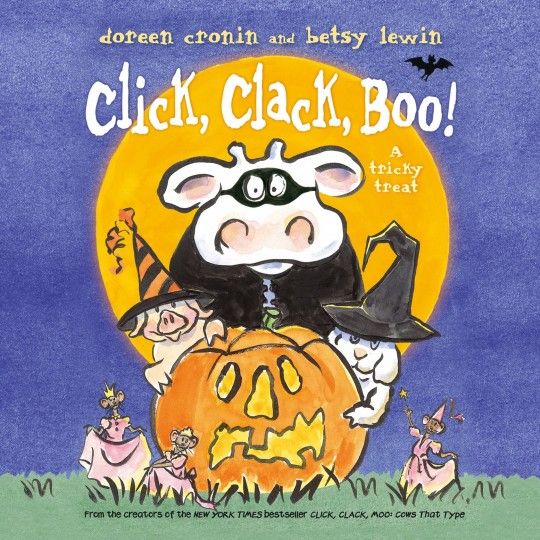 Abraham grew up in a loving family many years earlier, in a Europe that did not welcome Jews. He found a new home in America, where he became a respected rabbi like his father, carrying a message of peace and acceptance.
Here is the story of two icons for social justice, how they formed a remarkable friendship and turned their personal experiences of discrimination into a message of love and equality for all.
Abraham grew up in a loving family many years earlier, in a Europe that did not welcome Jews. He found a new home in America, where he became a respected rabbi like his father, carrying a message of peace and acceptance.
Here is the story of two icons for social justice, how they formed a remarkable friendship and turned their personal experiences of discrimination into a message of love and equality for all.

